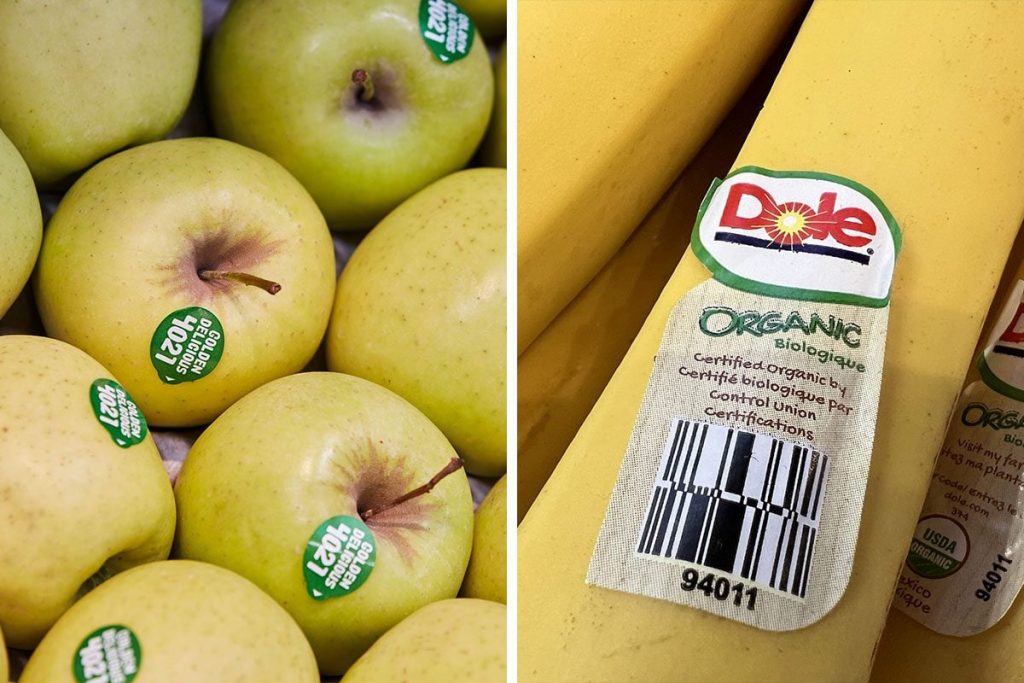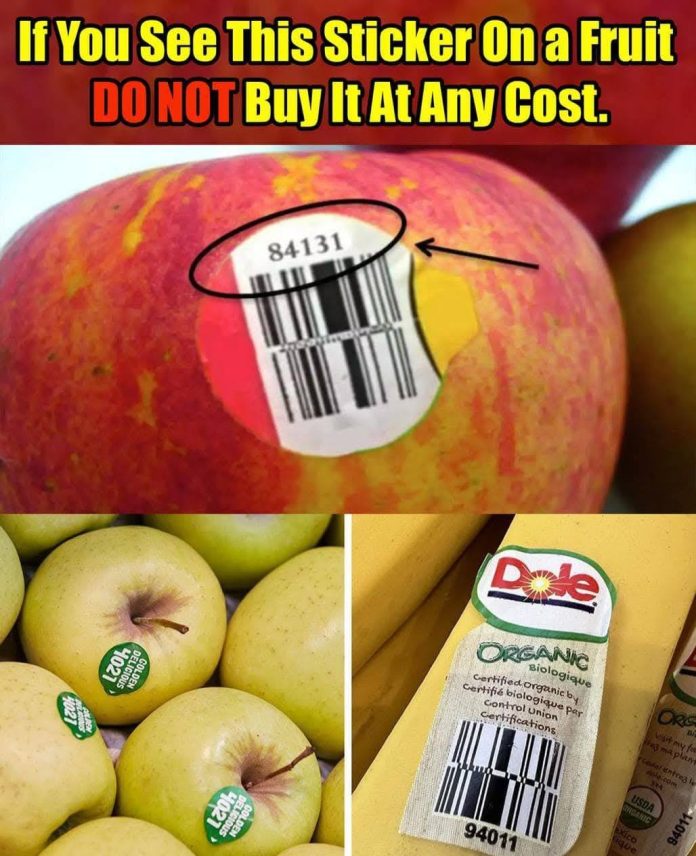When shopping for fresh produce, you may have noticed small stickers adorning fruits and vegetables, each bearing a unique set of numbers. These numbers, known as Price Look-Up (PLU) codes, serve a specific purpose beyond assisting cashiers at checkout. They provide insights into how the produce was grown, offering consumers valuable information about their food choices.
The Purpose of PLU Codes
PLU codes were introduced in the 1990s to streamline the retail process, making it easier for cashiers to identify produce items and apply the correct pricing. Administered by the International Federation for Produce Standards (IFPS), these codes have become a global standard in the produce industry. Beyond pricing, PLU codes convey information about the cultivation methods used, allowing consumers to make informed decisions about their purchases.

Decoding the Numbers
PLU codes typically consist of four or five digits, and understanding their structure can reveal important details about the produce:
- Four-Digit Codes (Conventional Farming): A standard four-digit code, usually starting with a ‘3’ or ‘4’, indicates that the produce was grown using conventional farming methods. This means synthetic fertilizers and pesticides were likely employed during cultivation. For example, a conventionally grown banana is labeled with the code 4011.
- Five-Digit Codes Starting with ‘9’ (Organic Farming): When a PLU code has five digits beginning with the number ‘9’, it signifies that the produce was organically grown. Organic farming practices avoid synthetic chemicals, opting for natural fertilizers and pest control methods. An organic banana, for instance, carries the code 94011.
- Five-Digit Codes Starting with ‘8’ (Genetically Modified Organisms – GMOs): A five-digit code starting with ‘8’ is intended to denote genetically modified produce. However, this coding is not commonly used in retail settings, and GMO labeling remains a complex and often voluntary aspect of produce marketing.
The Significance of Organic and Conventional Labels
Understanding whether produce is labeled as organic or conventional can influence consumer choices:
- Organic Produce: Grown without synthetic fertilizers or pesticides, organic fruits and vegetables are often preferred by consumers seeking to minimize chemical exposure. Organic farming practices also emphasize environmental sustainability and soil health.
- Conventional Produce: This category includes produce grown with the aid of synthetic chemicals to enhance growth and protect against pests. While conventionally grown produce is generally more affordable, some consumers are concerned about potential pesticide residues.
The Role of PLU Codes in Consumer Awareness
PLU codes empower consumers to make choices aligned with their health preferences and ethical considerations. By simply examining the sticker on a piece of fruit, shoppers can discern whether it was grown organically or conventionally. This transparency fosters informed decision-making in the marketplace.

Limitations and Considerations
While PLU codes offer valuable information, there are limitations to be aware of:
- Voluntary GMO Labeling: The use of the ‘8’ prefix for genetically modified produce is not mandatory, and its application is inconsistent. As a result, consumers may not always be able to identify GMO produce based solely on PLU codes.
- Sticker Adhesives: Although the adhesive used for produce stickers is food-grade, the stickers themselves are not edible. It’s advisable to remove them before consumption to avoid ingesting non-food materials.
Environmental Impact of Stickers
An often-overlooked aspect of produce stickers is their environmental footprint. Typically made from non-biodegradable materials, these stickers can contribute to environmental waste if not disposed of properly. Some composting facilities may reject organic waste containing produce stickers, as they do not break down during the composting process. Consumers can mitigate this impact by removing stickers before composting and advocating for more sustainable labeling solutions.
Conclusion
The numbers on fruit and vegetable stickers serve as more than just retail tools; they are gateways to understanding the journey of our produce from farm to table. By familiarizing ourselves with PLU codes, we can make more informed choices that align with our health goals and ethical values. As the demand for transparency in food sourcing grows, these small stickers play a significant role in bridging the gap between consumers and the agricultural practices that sustain us.

















